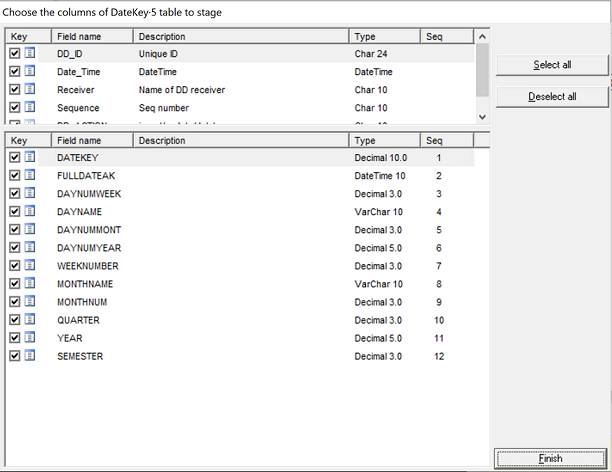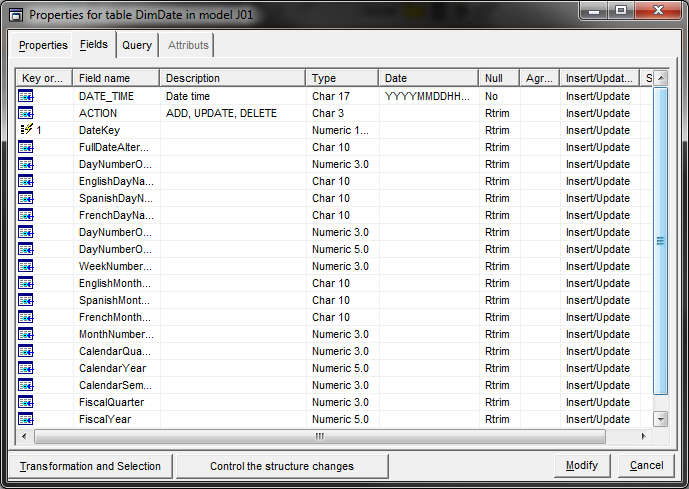Staging framework
Use this framework to create a historical table fed with all data changes in a new row. The journal of transactions is provided with the additional columns: last update date, receiver, sequence IDs and action type.
Procedure
Did this page help you?
If you find any issues with this page or its content – a typo, a missing step, or a technical error – let us know how we can improve!


